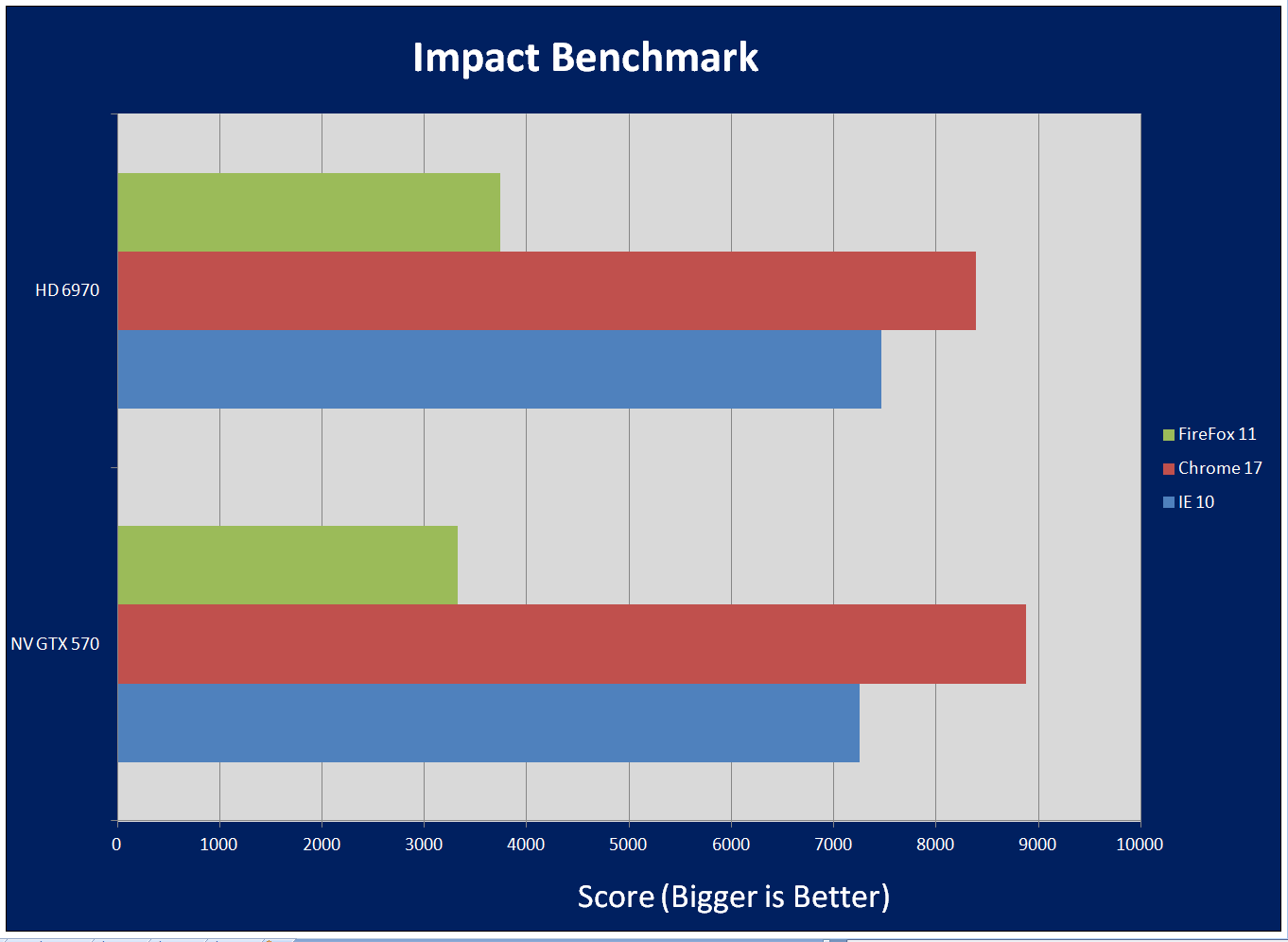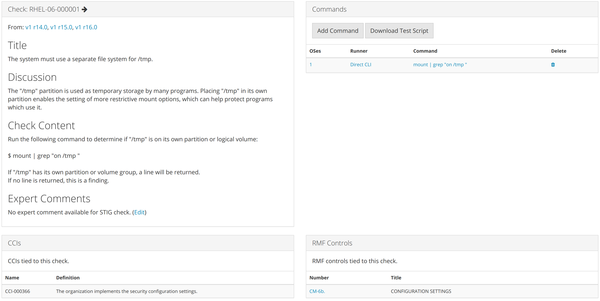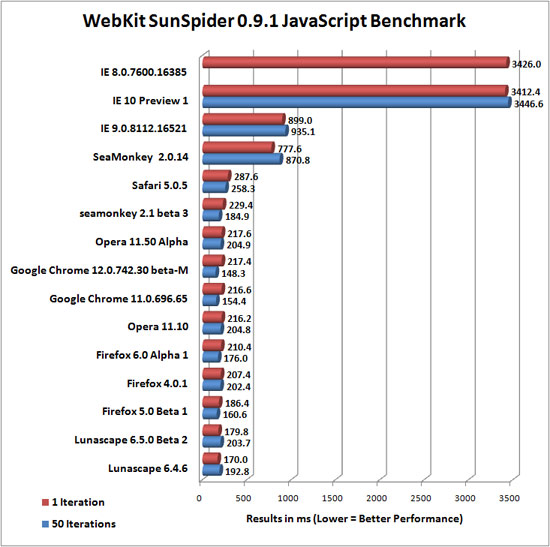

Most browsers utilize an internal cache of web page assets to optimize page loading speeds on subsequent visits. Browsers navigate toward the new resource when a user clicks or taps a link with a URL. Websites typically include connections to additional pages and resources. So, the link between the web server and the browser is encoded to ensure privacy of communications and confidentiality of data. The URL often utilizes the secure variant of HTTP (HTTPS). The Hypertext Transport Protocol (HTTP), a collection of protocols for data transmission, is used to obtain the vast majority of URLs. This commences when the user enters a uniform resource location (URL), like, into the browser’s address bar.

See More: What is CAD (Computer Aided Design)? Definition, Types, and Applications How Do Browsers Work?Ī web browser’s goal is to retrieve material from the Internet or localized repository and share this on a user device. You may also find developer-facing features in a browser’s settings menu.
#ANDROID BROWSER BENCHMARK 2016 PASSWORD#
Some browsers have built-in password managers that aid in secure transactions on web-based apps. You can even choose which cookies to allow. You can choose to save and auto-fill information into fields. Modern web browsers give users a lot of control over their browsing experience. The lifetime of cached data depends on the browser settings. The stored material or components are the ones that are altered less frequently. Instead of retrieving the page directly from the server, it fetches components cached on the client computer to boost performance. The web browser caches regularly retrieved material to save time while obtaining the information from the server. Therefore, if you want to access many hyperlinks from a website while not losing the page, you may right-click on each link and then pick the option to open in a new tab. Tabs enable multiple websites to be opened in a specific web browser window, which is very convenient while viewing numerous sites concurrently. It enables you to choose your preferred search engine and perform a quick search by entering a search query in the address field. Alternatively, you can access the site by pressing enter (after entering or choosing a domain name).Īn integrated search engine function inside the address bar is a relatively recent addition to web browsers. There is a go button at the end of the address bar. The address bar functions as a menu bar displaying previously visited websites. The address bar is where the website, as well as page names, are entered. These are pretty handy for configuring web-based mail and other frequently accessed websites. There are also bookmarks, user-defined buttons that lead to specific websites. A little triangle beside the navigation buttons displays a list of all accessible back/forward web pages. If you are on the homepage of a website and navigate to the contact page, clicking the back button will send you back to the homepage, but clicking the forward button will redirect you to the contact page. While browsing, the refresh icon is used to travel back and forth.

The main features of a typical browser include the following: 1. Numerous Mosaic user interface components were included in the Netscape Navigator. Mosaic, the very first Web browser powered by a graphical user interface, debuted in 1993. The name was altered to Nexus to prevent confusion with the World Wide Web, a rapidly expanding information environment. WorldWideWeb, the original Web browser, was launched in 1990. Most web browsers offer email and the File Transfer Protocol (FTP), although these Internet protocols do not necessitate a web browser. It uses HTTP (Hypertext Transfer Protocol) to send requests to web servers across the Internet on the user’s behalf. Many individuals utilize web browsers to access the internet nowadays, and it is seen by many as essential in their daily lives. This consists of websites, videos, and photos. Now, a browser is just an app that allows users to see and engage with all of the World Wide Web’s content. The term “browser” originated before the web as a general name for user interfaces that enable you to explore (navigate and read) online text files.
#ANDROID BROWSER BENCHMARK 2016 SOFTWARE#
The browser is an application software that users can leverage to request a web-based resource so that the browser can retrieve the resource from a web server (private or public) and display it in a consumable format on the browser interface.


 0 kommentar(er)
0 kommentar(er)
